
Roots
The essence of textured hair care, in its deepest sense, does not simply reside in the products we select today, but pulses through the enduring wisdom of generations past. For those with hair that coils, kinks, and waves with inherent strength, the journey of care is a dialogue with ancestry. To truly grasp the significance of shea butter in this legacy, we must first allow ourselves to be transported to the ancestral lands of West and East Africa, to the sprawling savannahs where the majestic Vitellaria paradoxa, the shea tree, stands as a silent sentinel of time. This tree, often called the “tree of life” or “women’s gold,” is more than a botanical wonder; it is a living archive of a profound relationship between humanity and the earth, a relationship that shaped identity, economy, and well-being for centuries before its global renown.
The story of shea butter in textured hair care begins not in a laboratory, but within the communal rhythms of African villages, where knowledge flowed seamlessly from elder to youth, often through song and shared ritual. Women, the primary custodians of this sacred craft, have, for millennia, harvested the plump, avocado-like fruits, meticulously preparing the kernels to yield the rich, ivory or golden butter. This process, a labor of collective effort, is steeped in tradition, reinforcing community bonds and preserving an unbroken chain of ancestral practices. The very act of extracting shea butter became a tangible link to heritage, a tradition passed from mother to daughter or grandmother to granddaughter, imbuing the butter with an almost mystical quality.
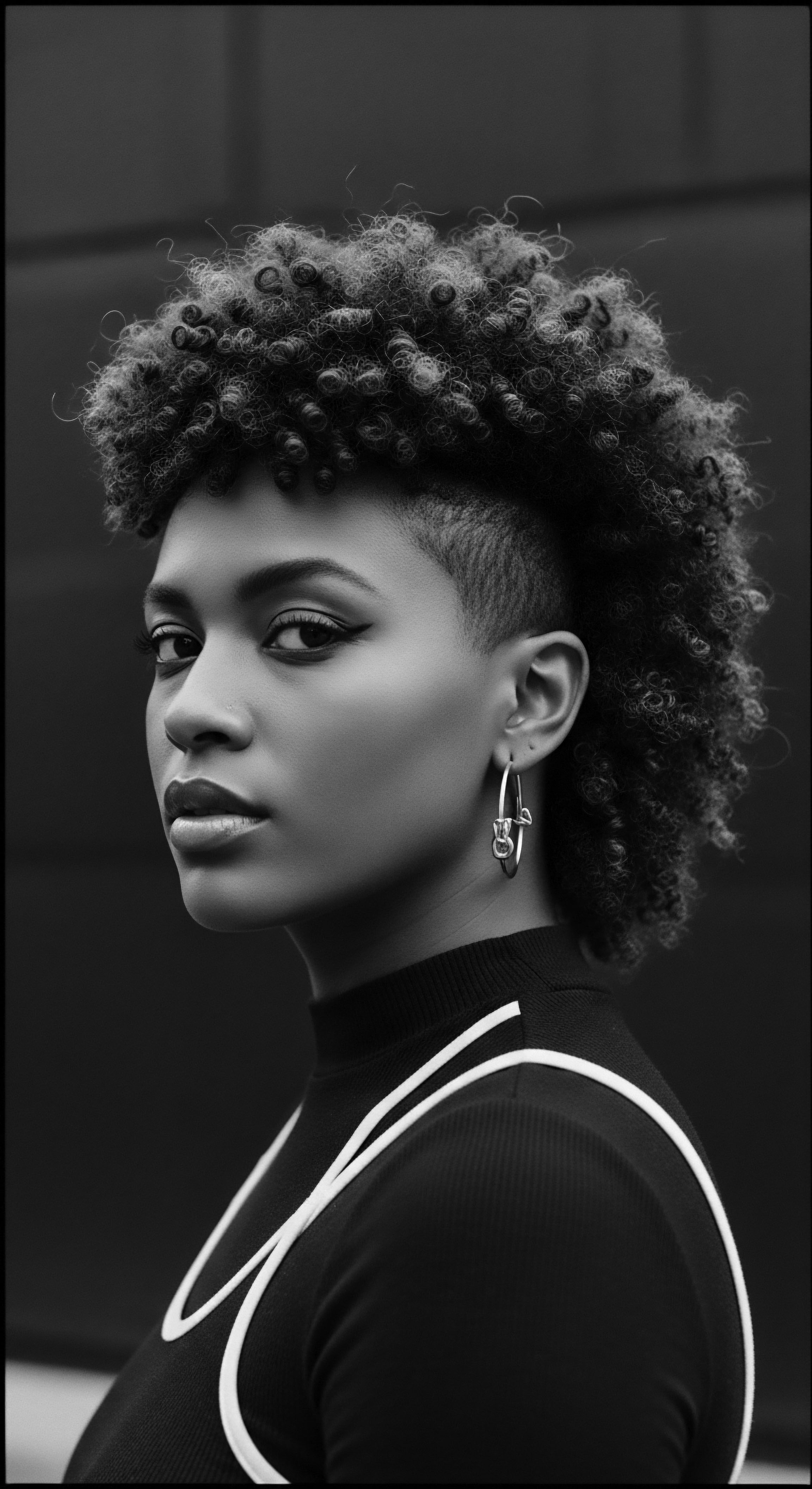
The Sacred Canopy of the Shea Tree
The Shea Tree itself holds a revered status across many African cultures. It grows wild, without the aid of cultivation, a testament to its inherent power and resilience. Its uncultivated nature means that its bounty is a true gift from the earth, respected and harvested with mindful consideration. In some communities, cutting down a shea tree is considered forbidden, a practice rooted in deep reverence for its life-sustaining properties and the sustenance it provides.
This respect extends to the harvesting of its fruits, with traditions dictating that only fallen, ripened fruits are gathered, allowing the tree to offer its gifts willingly when they are most potent. This harmonious relationship underscores the spiritual and ecological awareness woven into Ghanaian culture and other traditions within the shea belt.
Shea butter’s cultural background for textured hair care is deeply intertwined with millennia of West African ancestral wisdom, communal practices, and economic empowerment of women.

The Textured Hair’s Ancestral Blueprint
To truly understand shea butter’s role, one must also appreciate the inherent structure of Textured Hair. Afro-textured hair, with its unique coiling patterns, from loose S-shapes to tightly wound Z-shapes, possesses distinct characteristics. These characteristics, while beautiful, also mean that it is naturally prone to dryness due to the winding path sebum must travel down the hair shaft. This structural reality makes moisture retention a perennial concern, a challenge that ancestral practices intuitively addressed long before modern science articulated the biological reasons.
In pre-colonial African societies, hair was a profound symbol of identity, social status, and spiritual connection. Hairstyles conveyed tribal affiliation, age, marital status, and even one’s spiritual relationship with the world. These intricate styles required careful preparation and maintenance, and here, ingredients like shea butter emerged as indispensable allies. Its rich, emollient nature provided the much-needed lubrication and protection for hair that was constantly styled, braided, and adorned.

How Did Ancestors Perceive Hair Anatomy?
While our ancestors lacked microscopes to study the precise anatomy of hair follicles, their understanding of hair was holistic and observational. They recognized the need for moisture, the importance of supple strands, and the protective qualities of natural substances. Their insights were not derived from clinical trials but from generations of lived experience and empirical knowledge, passed down through the ages. The use of shea butter on hair was born from this deep, practical understanding of how to maintain hair’s vitality in challenging climates, protecting it from sun, wind, and dust.
This traditional knowledge system, often referred to as Indigenous Knowledge, is locally based and uniquely associated with specific cultural settings. It sustained the lives of people, allowing them to navigate and address everyday challenges, including those related to health and beauty. The processes involved in shea butter extraction exemplify this shared body of indigenous knowledge, particularly among the people of Northern Ghana.
This knowledge system, transmitted across age, gender, and social categories, highlights a rich culture of knowledge transmission. (Wood, 2008, as cited in)
The Essential Lexicon of Textured Hair Care, even in modern times, holds echoes of these ancestral practices. Terms like “sealing” moisture, “deep conditioning,” and “protective styling” find their foundational principles in the ancient ways shea butter was utilized. It sealed the hair shaft, provided profound conditioning, and supported the structural integrity of styles meant to preserve the hair from environmental rigors and manipulation. This historical context provides a deeper appreciation for the ingenuity of ancestral hair care and the enduring power of natural remedies.
| Aspect Moisture Retention |
| Ancestral Understanding and Practice Used shea butter and other natural oils to keep hair soft and pliable, countering dryness from climate and styling. |
| Modern Scientific Link and Heritage Evolution Science affirms coiled hair's natural dryness; shea's fatty acids provide emollients that seal moisture, a practice validated by ancestral efficacy. |
| Aspect Hair Protection |
| Ancestral Understanding and Practice Applied shea butter as a shield against sun, wind, and dust, particularly for intricate hairstyles. |
| Modern Scientific Link and Heritage Evolution Shea butter contains vitamins A and E, and fatty acids that protect hair from environmental damage, aligning with its historical role as a natural shield. |
| Aspect Styling Durability |
| Ancestral Understanding and Practice Shea butter provided lubrication and hold for braids, twists, and other traditional styles, enhancing their longevity. |
| Modern Scientific Link and Heritage Evolution Its conditioning properties reduce friction and breakage, allowing textured hair to withstand manipulation inherent in elaborate protective styles. |
| Aspect Scalp Health |
| Ancestral Understanding and Practice Massaged shea butter into the scalp to soothe irritations and promote overall hair vitality. |
| Modern Scientific Link and Heritage Evolution Anti-inflammatory and antimicrobial properties in shea butter support a healthy scalp environment, a benefit recognized long before molecular analysis. |
| Aspect The enduring efficacy of shea butter in textured hair care reflects a deep continuity between inherited wisdom and contemporary scientific validation. |

Ritual
The ritual of textured hair care, when viewed through the lens of shea butter’s heritage, transcends mere aesthetics; it becomes a dialogue between past and present, a living expression of communal artistry and individual self-acceptance. The application of shea butter, often a gentle, deliberate act, carries the weight of centuries of tradition, connecting the user to a lineage of care that predates colonial impositions on beauty standards. This butter, steeped in the hands that processed it and the earth that bore it, transforms daily routines into meaningful ceremonies of self-honor.

A Protective Legacy
Protective styles, a hallmark of textured hair care, hold ancestral roots deeply interwoven with the use of natural emollients like shea butter. These styles—braids, twists, cornrows, and various forms of updos—were not simply adornments; they served as pragmatic solutions for managing, preserving, and communicating through hair in diverse African societies. Shea butter, with its rich texture and protective qualities, was an indispensable aid in crafting these styles, providing both lubrication during the intricate braiding process and a sealant to guard the hair against environmental elements.
The tradition of braiding, for example, dates back over 5000 years in African culture, with styles like cornrows traced to 3000 B.C. in regions like the Horn and West coasts of Africa. During the tragic era of the transatlantic slave trade, these styles, along with the knowledge of ingredients like shea butter, journeyed across oceans, becoming hidden maps and means of communication, alongside vital practices for hair survival in new, often hostile, environments. The continuation of these styles in the diaspora, often despite immense pressure to conform to European beauty ideals, speaks volumes about the resilience of this heritage.
- Cornrows ❉ Ancient linear braids lying flat against the scalp, often signifying tribal identity, social status, or even mapping escape routes during enslavement. Shea butter aided in their creation, providing slip and minimizing breakage.
- Bantu Knots ❉ Coiled sections of hair forming compact knots, historically symbols of femininity and beauty among groups like the Zulu tribe. Their creation was made smoother and more protective with emollient balms.
- Twists ❉ A simpler form of hair manipulation, often used as a foundational protective style, allowing for moisture retention when sealed with rich butters.
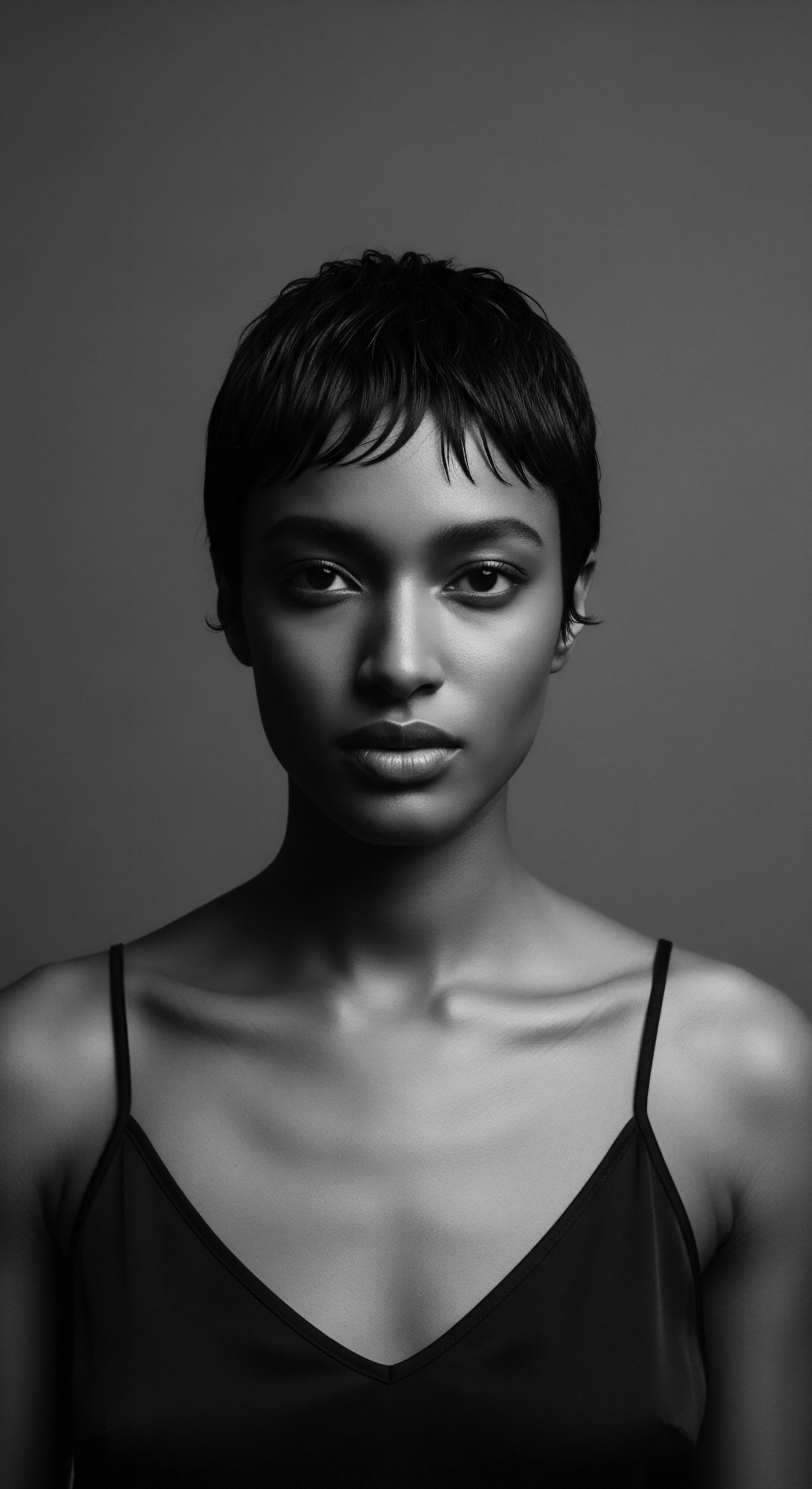
Natural Styling and Definition
Beyond intricate protective styles, shea butter plays a central role in defining the natural texture of coils and curls. Its ability to impart moisture and subtle hold has made it a preferred ingredient for enhancing natural curl patterns, minimizing frizz, and adding a healthy sheen. This contemporary application aligns with ancestral practices of using natural butters and oils to maintain hair’s inherent beauty and vitality. The deliberate application of shea butter to define curls and reduce frizz reflects a conscious reclamation of inherent beauty, a gentle rebellion against centuries of external pressures to alter or conceal one’s natural hair.
The journey of shea butter through time illustrates not just its versatility as an ingredient, but its quiet power as a cultural connector for textured hair heritage.

How Does Shea Butter Enhance Natural Texture?
Shea butter’s unique composition, with its blend of fatty acids like oleic and stearic acids, allows it to coat the hair shaft effectively. This coating helps to smooth the cuticle, reducing the likelihood of frizz and enhancing the natural coil pattern. It acts as a humectant, drawing moisture from the air, and an occlusive, sealing that moisture within the hair strand.
For tightly coiled hair, which often struggles with moisture retention, this dual action provides a lasting softness and definition that many synthetic products fail to achieve without greasiness. The application can be as simple as warming a small amount between the palms and gently working it through damp hair, allowing the butter to melt into the strands, defining each curl as it absorbs.
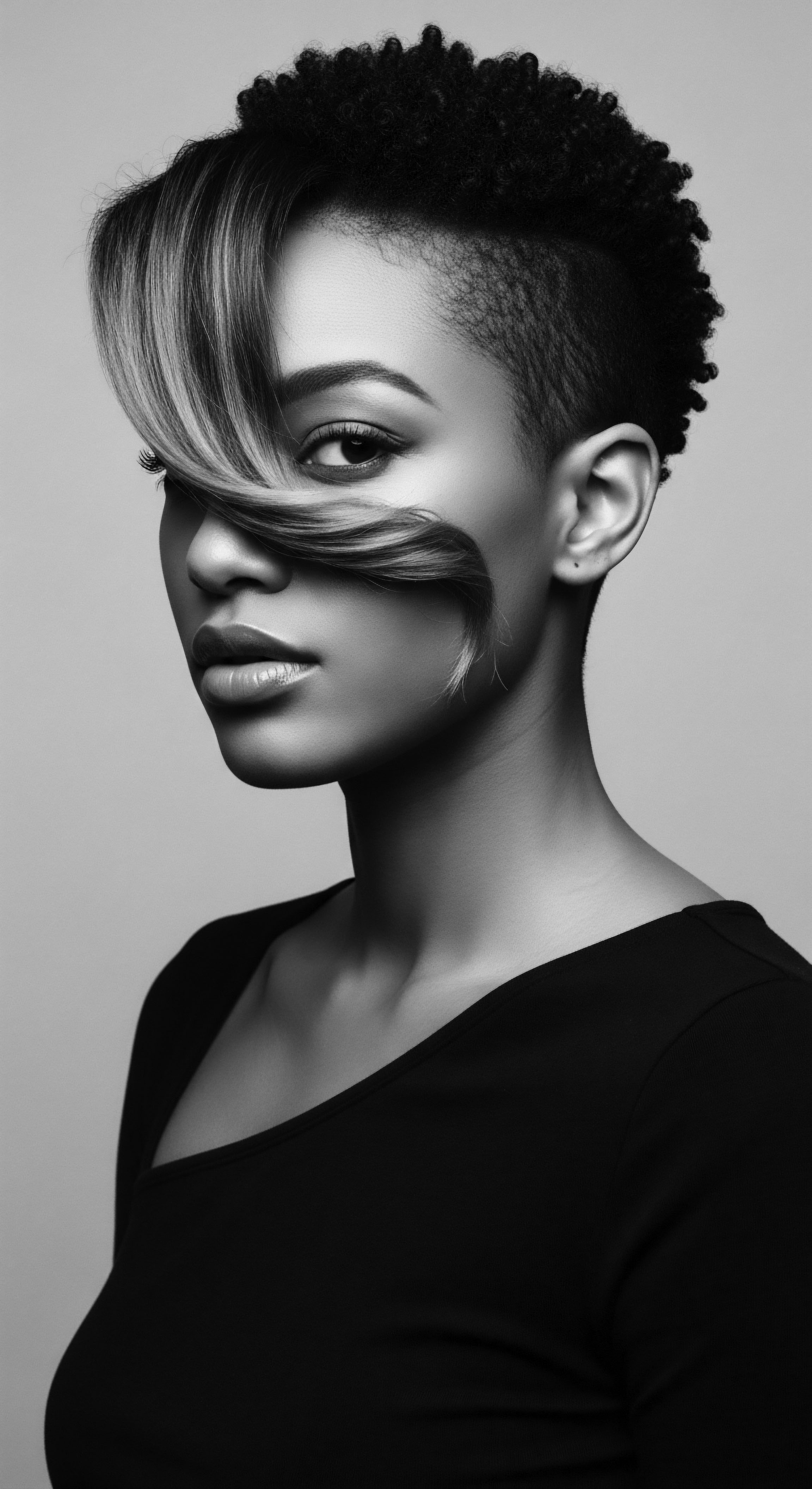
Tools of the Ancestral Craft
The complete textured hair toolkit, whether ancient or modern, often includes implements that complement the application of shea butter. Historically, combs carved from wood or bone, and various adornments like beads, cowrie shells, and natural fibers, were used in conjunction with nourishing butters. These tools, often hand-crafted, were extensions of the care ritual, each imbued with purpose and often symbolic meaning.
Today, while plastic combs and detangling brushes are common, the principle remains ❉ gentle manipulation with the aid of a lubricating agent. The synergy between a wide-tooth comb and shea butter, for instance, allows for detangling with minimal breakage, preserving the integrity of fragile coils. This blend of ancient wisdom and contemporary tools allows for continued reverence of hair as a sacred extension of self.

Relay
The transmission of knowledge across generations, the very ‘relay’ of ancestral wisdom, finds powerful expression in the sustained practices of textured hair care, where shea butter remains a consistent, elemental force. This knowledge, deeply embedded within the fabric of families and communities, informs holistic approaches to well-being, acknowledging hair as more than just fiber, but as a vibrant extension of identity and lineage. The continuity of these practices, from ancient village rituals to contemporary routines, speaks to an inherited resilience that adapts but does not break.

Building Personalized Regimens
The creation of a personalized textured hair regimen, though seemingly a modern concept, finds its roots in ancestral observational wisdom. Communities across West Africa developed care practices tailored to their specific environments and hair needs, instinctively understanding that no two heads of hair, like no two individuals, are precisely alike. Shea butter became a universal balm, yet its application varied, depending on individual hair texture, climate conditions, or specific ceremonial requirements. The current emphasis on customization, therefore, mirrors an ancient adaptability.
Consider the LOC Method (Liquid, Oil, Cream) or LCO Method (Liquid, Cream, Oil), popular contemporary regimens for textured hair, designed to maximize moisture retention. These modern acronyms simply codify a practice long understood and practiced ❉ layering moisture. Water or a water-based product provides the initial hydration, followed by an oil (like shea butter in its liquid form or a shea butter blend) to seal that moisture, and then a cream (often shea butter-based) to provide additional conditioning and hold. This sequence, whether consciously articulated or intuitively applied, reflects the cumulative wisdom of how natural ingredients interact with textured strands.
From ancient rituals of protection to modern methods of moisture layering, shea butter maintains its central role in the enduring legacy of textured hair care.
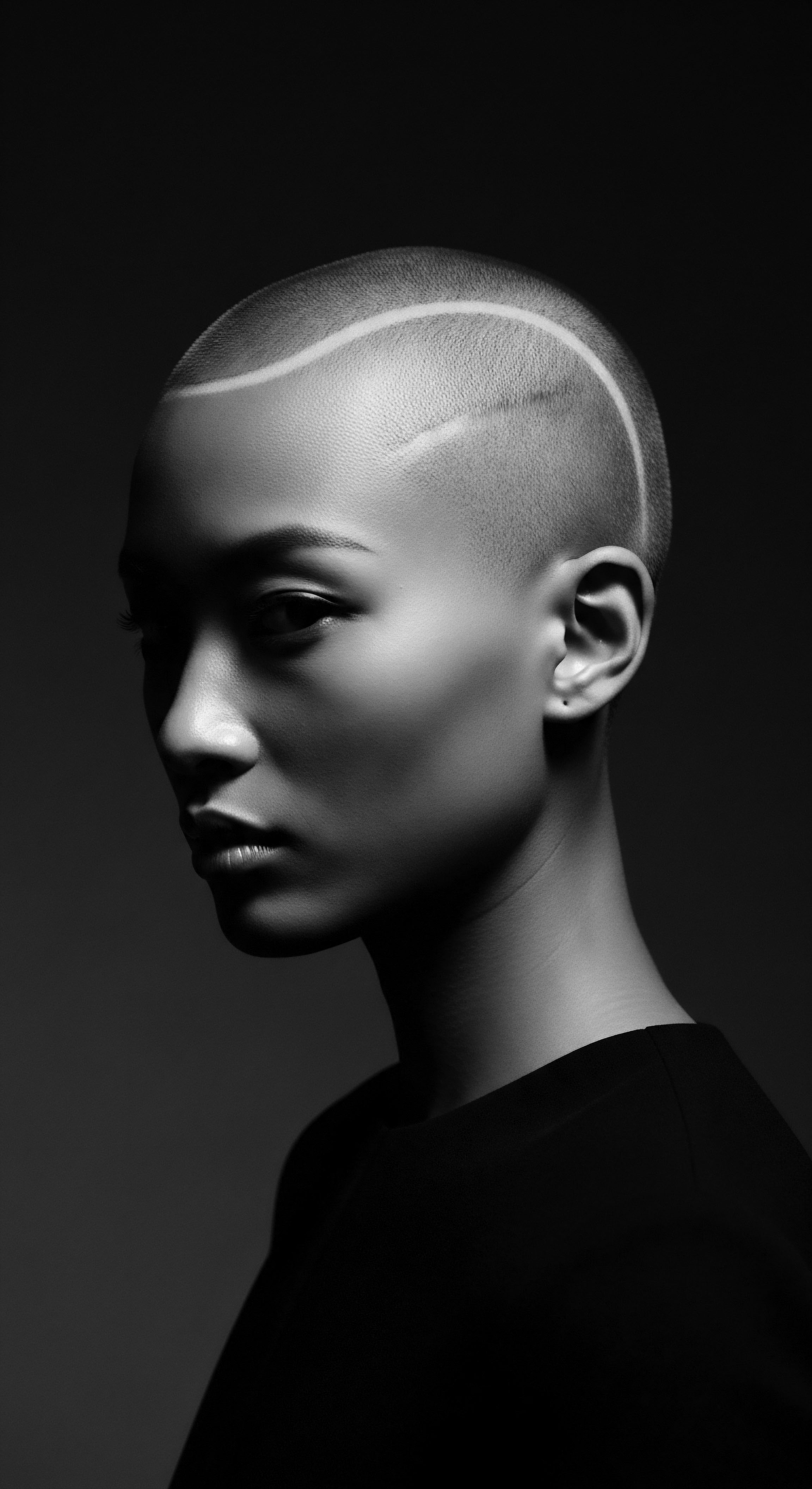
The Nighttime Sanctuary
Nighttime care, a crucial aspect of maintaining healthy textured hair, holds significant ancestral resonance. The practice of covering and protecting hair during sleep is not a new invention of the natural hair movement; it is an echo of traditions long held in African communities. Scarves, often intricately tied, or headwraps, served both practical and symbolic purposes, shielding delicate styles from friction and environmental elements during rest. The Bonnet, a ubiquitous tool in many textured hair routines today, serves as a direct descendant of these protective coverings.
Shea butter played a silent yet critical role in these nighttime rituals. A light application before wrapping the hair could further seal in moisture, guarding against the dryness that night air or cotton pillowcases might otherwise induce. This foresight, ensuring hair remained supple and less prone to tangling overnight, contributed to easier styling and healthier hair overall. It was a testament to a comprehensive approach to hair health that considered all hours of the day and night.

Ingredient Deep Dives for Textured Hair Needs
The very composition of shea butter speaks to its deep compatibility with textured hair. It is a complex mixture of fatty acids, including oleic, stearic, linoleic, and palmitic acids, along with unsaponifiables—compounds that are not converted into soap during the refining process and are responsible for many of its therapeutic qualities. These unsaponifiables, which include vitamins A, E, and F, are what make unrefined shea butter a powerhouse for hair health.
The presence of triterpene alcohols in shea butter, for example, contributes to its anti-inflammatory properties, providing soothing relief for a dry or irritated scalp. Its natural emollient qualities make it an exceptional sealant for hair, particularly for Afro-textured hair, which often requires significant moisture to maintain its integrity. This scientific understanding merely validates what ancestral practitioners observed and applied for centuries ❉ the raw butter from the shea tree provided unparalleled nourishment and protection.
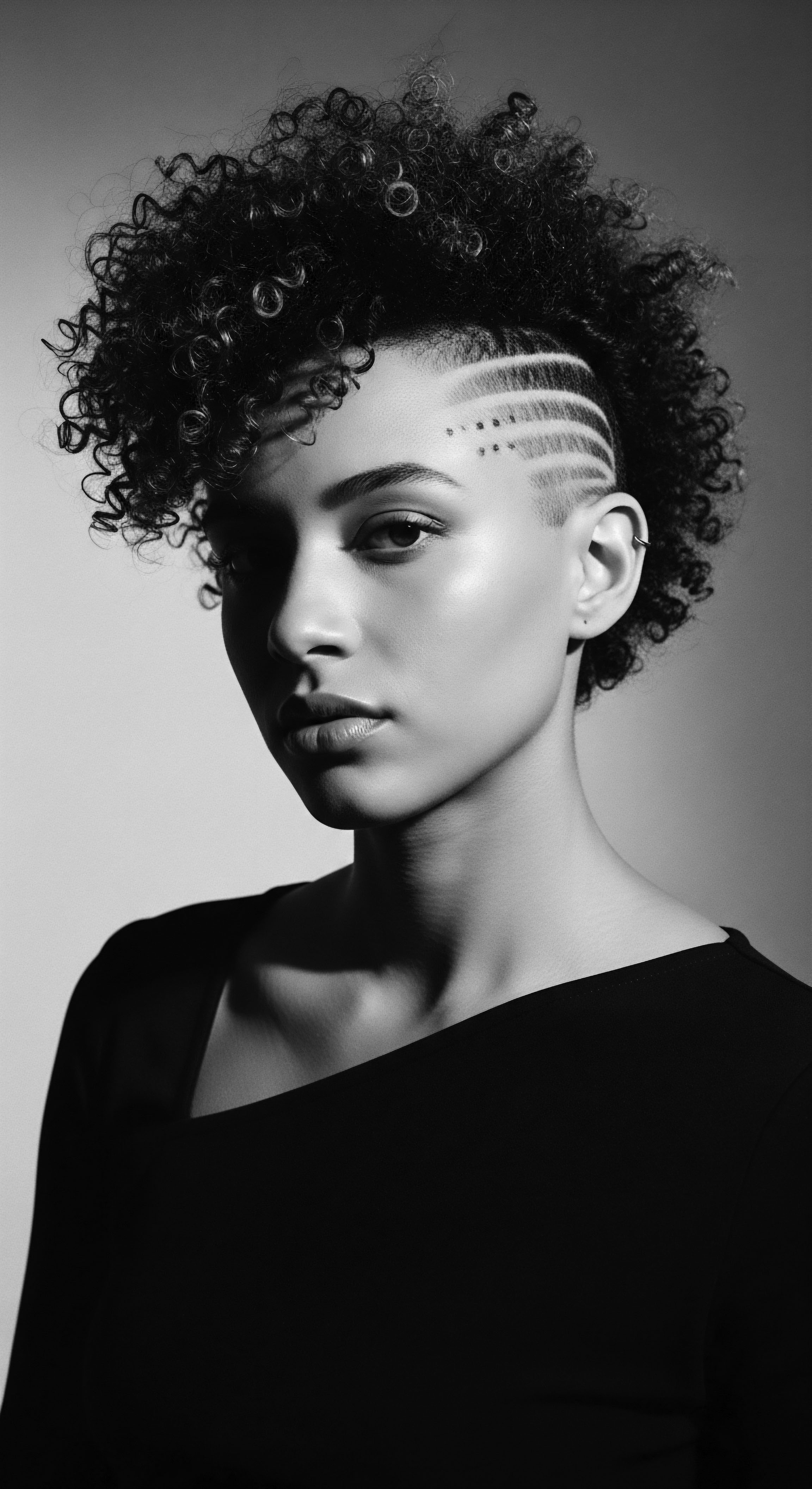
What Elements of Shea Butter Benefit Textured Hair?
The natural makeup of shea butter offers a multi-layered benefit system for textured hair, reflecting an inherent wisdom discovered and refined over countless generations.
- Fatty Acids ❉ Oleic acid, stearic acid, and linoleic acid, abundant in shea butter, serve as powerful emollients. They coat the hair shaft, reducing water loss and increasing flexibility, which is crucial for preventing breakage in tightly coiled strands.
- Vitamins A and E ❉ These antioxidants shield hair from environmental damage, including the harsh sun, while promoting overall scalp health, which directly contributes to healthy hair growth.
- Anti-Inflammatory Components ❉ Triterpene alcohols within the unsaponifiable fraction of shea butter can calm scalp irritation, a common concern for many with textured hair, fostering a healthier environment for follicles.
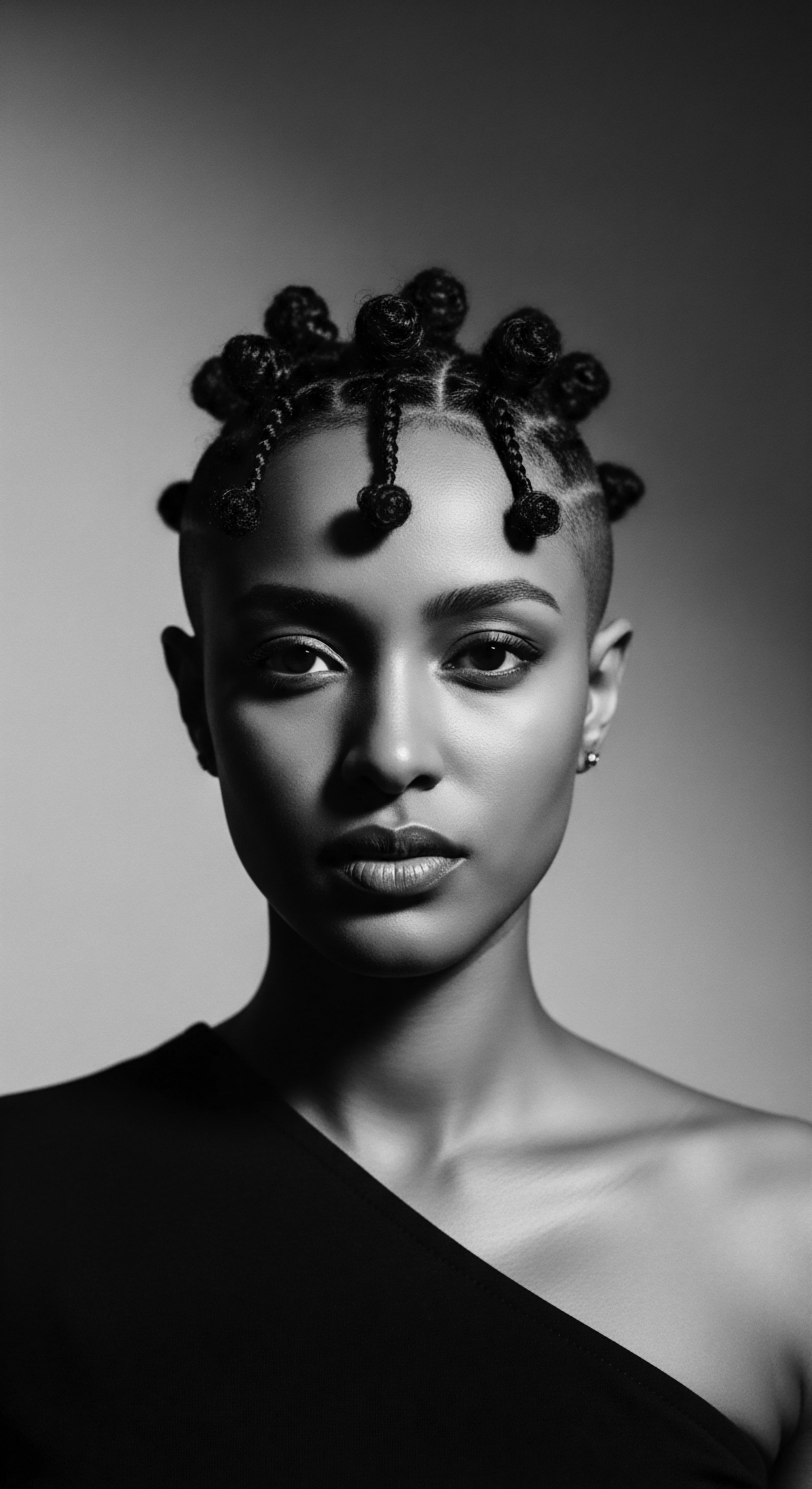
Holistic Influences on Hair Health
Ancestral wellness philosophies rarely separated the body, mind, and spirit. Hair care was never an isolated practice; it was interconnected with diet, community well-being, and spiritual alignment. Shea butter, therefore, was not merely a topical application.
Its role in cooking provided essential nutrients from within, contributing to hair health as part of a balanced diet. Its economic significance, predominantly driven by women, empowered communities and provided a livelihood for millions, indirectly contributing to the holistic well-being of families.
A powerful historical example of shea butter’s economic and cultural impact, reinforcing its heritage for textured hair communities, is its designation as “women’s Gold”. This term, used for centuries across West Africa, acknowledges the vital income it generates for millions of women who harvest and process the nuts, allowing them to provide for their families and communities. The United Nations Development Programme (UNDP) estimates that approximately 3 million African women work directly or indirectly with shea butter, generating substantial income that supports their economic liberation and family needs, including feeding, clothing, and educating children. This economic empowerment, intrinsically linked to a natural ingredient and traditional knowledge, signifies a deeper, systemic impact on the well-being and, by extension, the hair health of these communities.
This interplay of physical nourishment, economic stability, and cultural continuity paints a complete picture of shea butter’s role. It is a testament to how traditional knowledge systems offer solutions that are not only effective for the individual but also sustainable and empowering for the collective, echoing the true soul of a strand connected to its deep origins.
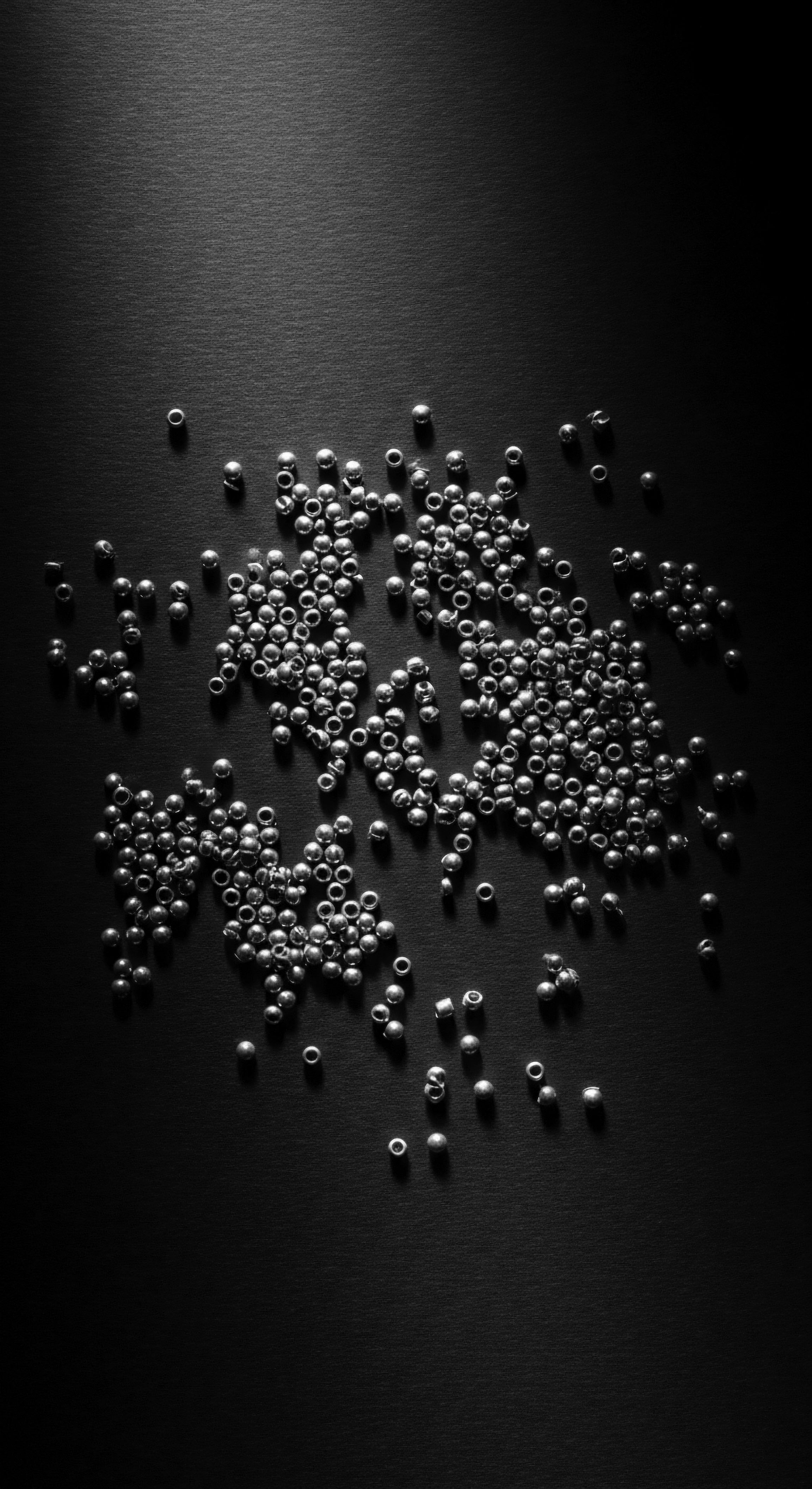
Reflection
The journey through the cultural landscape of shea butter, particularly in its enduring connection to textured hair, reveals a narrative far richer than simple commodity. It is a story etched in the hands of women who have, for millennia, transformed the fruit of the Vitellaria paradoxa into a golden balm. This butter, passed down through the ages, embodies an ancestral wisdom that instinctively understood the unique needs of coils and curls long before modern science could unravel the molecular complexities. It speaks to a heritage of resilience, creativity, and self-possession, where hair was, and remains, a vibrant canvas of identity and belonging.
Each application of shea butter to textured hair, then, becomes a quiet reaffirmation of this profound lineage. It is a moment where the echoes from the source, the tender thread of communal care, and the unbound helix of identity coalesce. The enduring presence of shea butter in textured hair care—from the protective styles of ancient kingdoms to the conscious regimens of today—serves as a luminous reminder that true beauty rituals are often those most deeply rooted in tradition and respect for the earth’s offerings. This liquid gold from the savannah continues to nourish not only the hair, but also the spirit, affirming a legacy that flows with the rhythm of generations.
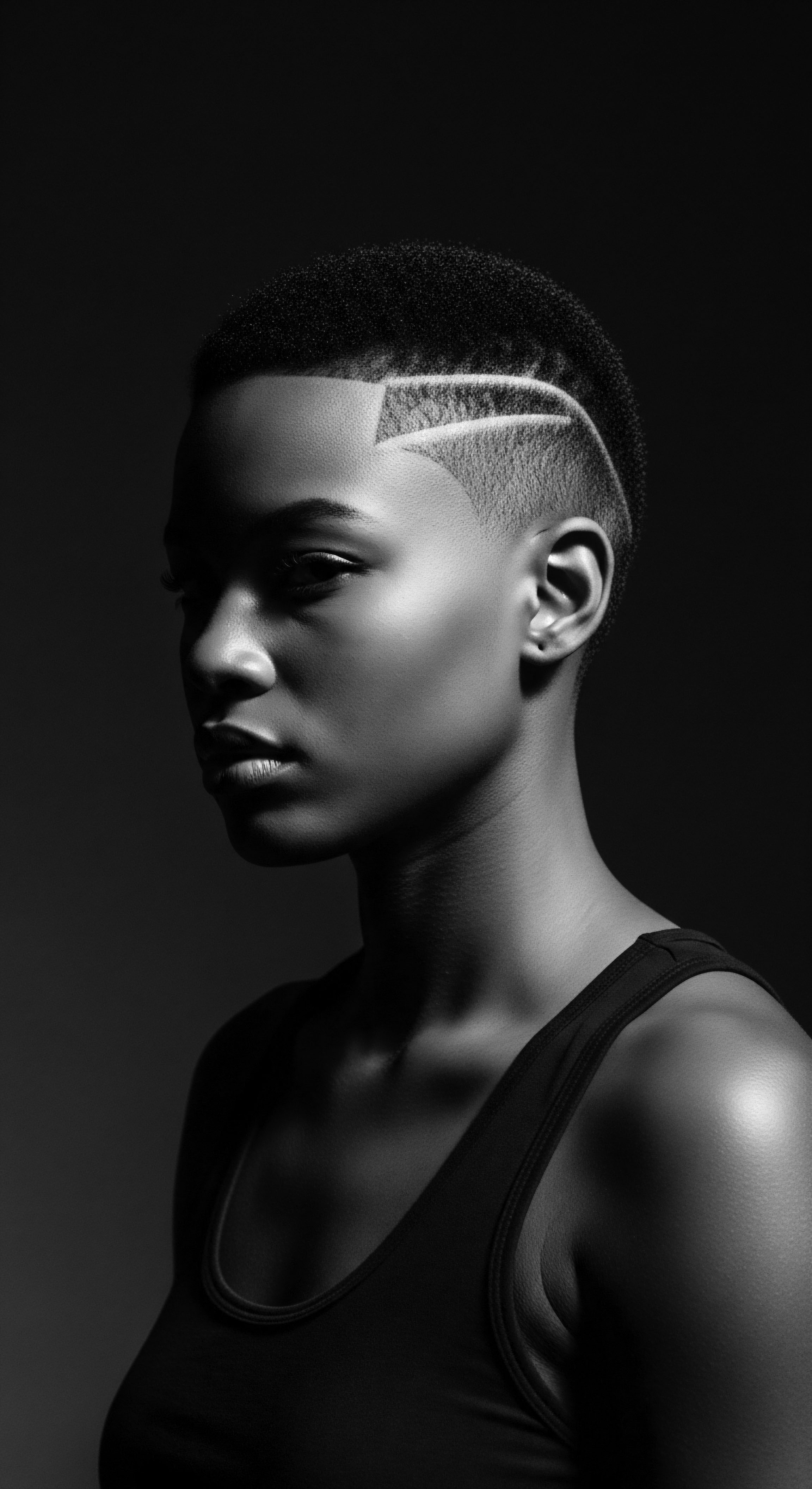
References
- Abbiw, D. K. (1990). Useful Plants of Ghana ❉ West African Uses of Wild and Cultivated Plants. Intermediate Technology Publications.
- Chalfin, B. (2004). Shea Butter Republic ❉ State Power, Global Markets, and the Making of an Indigenous Commodity. Routledge.
- Ehret, C. (2002). The Civilizations of Africa ❉ A History to 1800. University Press of Virginia.
- Hall, J. B. A. J. D. Lee, & P. K. Swaine. (1996). Vitellaria paradoxa ❉ A Monograph. Sheffield Centre for International Drylands Research.
- Lewicki, T. (1974). West African Food in the Middle Ages ❉ According to Arabic Sources. Cambridge University Press.
- Naughton, F. J. C. Lovett, & J. R. Mihelcic. (2015). The Sustainability of Shea Butter Production and Trade in Sub-Saharan Africa ❉ A Case Study of Rural Women’s Livelihoods. FAO.
- Pouliot, M. (2012). The Contribution of Non-Timber Forest Products to Rural Livelihoods in Burkina Faso ❉ The Case of Shea. Centre for Development Research, University of Bonn.
- Sutton, J. E. G. (1981). A Thousand Years of West African History. Nelson.
- Wardell, D. A. & N. Fold. (2013). The Political Economy of Global Shea Butter Production and Trade ❉ A History of Marginalization and Emergence. Geoforum.
- Wood, A. (2008). Folk Classification of Shea Butter Tree (Vitellaria paradoxa subsp. nilotica) Ethno-varieties in Uganda. Ethnobotany Research and Applications.
